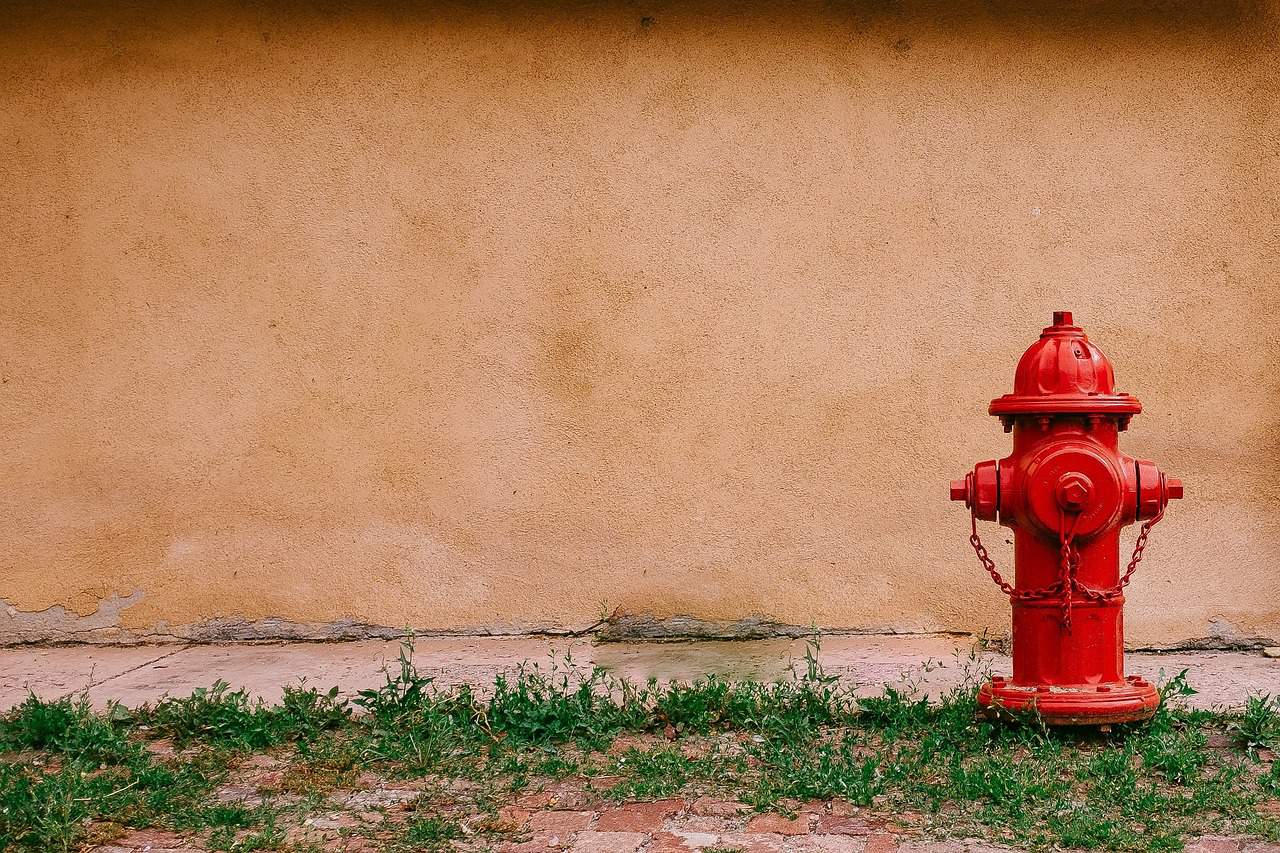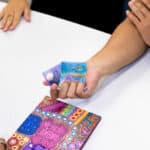Setting up an emergency fund
Phil Usher
- Money Lessons

Phil Usher is a proud Wiradjuri man from Central NSW. Phil is the CEO of the First Nations Foundation, which publishes this website.
If there is just one financial lesson for us to take away from COVID-19, it has to be the importance of having an emergency fund.
Many people have now experienced firsthand the lag that exists between receiving work-related income, and support income.
Whether it was waiting for the JobSeeker or JobKeeper payments to hit the bank account, or for a decision to be made around flexible rent and mortgage repayments, there was a shortfall experienced by many families.
Having an emergency fund will help bridge this gap.
Our Money Stories research last year revealed that 52% of Indigenous people had less than one month’s worth of income in their savings account. The situation becomes worse when we have to look for money outside of our personal savings.
As often is the case when we find ourselves in challenging financial times, we tend to turn towards debt. This could be something as simple as a credit card or extending the Afterpay account, or in more extreme cases, getting money from a payday lender.
Either way, the end result is that we end up in a much worse financial position than we started.
Growing up in a large family myself, I know how challenging it can be getting an emergency fund together, particularly when most experts recommend having somewhere between three months’ to one year’s worth of expenses set aside.
This is a daunting goal, especially if you are just making ends meet.
The best place to start is working out what one month’s worth of expenses looks like. Write down everything from the rent or mortgage to the Netflix account. Look at your bank statements if you aren’t sure.
Then multiply this number by three giving you the amount you need to have to cover three months’ worth of expenses.
Don’t worry if this amount is intimidating or overwhelming, we’ll get there in micro steps.
To make progress towards building an emergency fund, the best place to start is to look for opportunities in your current expenses.
Start with banking. Ring your bank to negotiate a better interest rate on your mortgage or ask for lower fees on your accounts.
Next, look at your utility bills. You’d be surprised at how much you can save when you bundle internet and mobile phone plans together. Cheaper electricity is also another option for a cost saving. Websites like Finder.com.au have some really good information on comparing different phone and electricity plans.
These are called easy wins, because they don’t actually change your lifestyle. They are small opportunities to lower the bills that you are already paying.
The next step is to then look at all the expenses. Does the house really need to have Netflix, Stan, Kayo Sports, Apple TV and Amazon Prime? There could be an opportunity to stick with the ones that you use the most and cut the less popular ones.
The third option is to sell things around the house that aren’t used. Books, gym equipment, and musical instruments are some of the things that you can put on Facebook Marketplace or Gumtree for a quick cash injection.
These suggestions can’t instantly give you thousands of dollars, but they get you started. By starting with micro commitments and smaller opportunities you will start to build momentum. Even just $100 per month goes a long way. It may not seem like a large amount when you’re putting it away, but when you are without income for a period of time, $100 is a lot of money.
Let us know if you liked this article
Let us know if you liked this article




